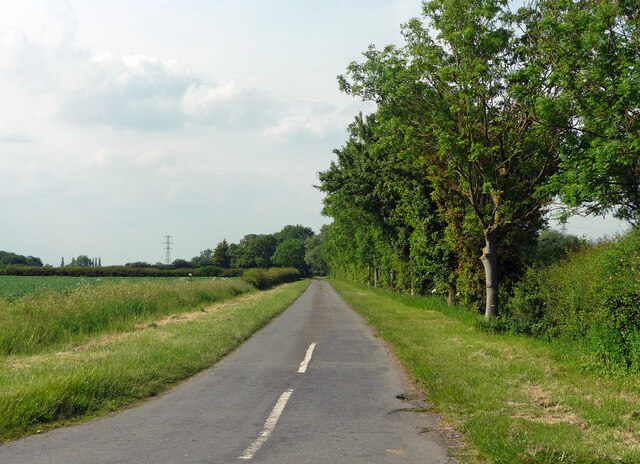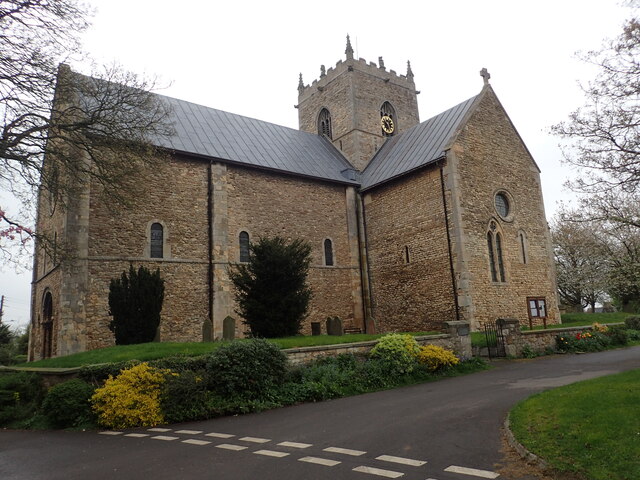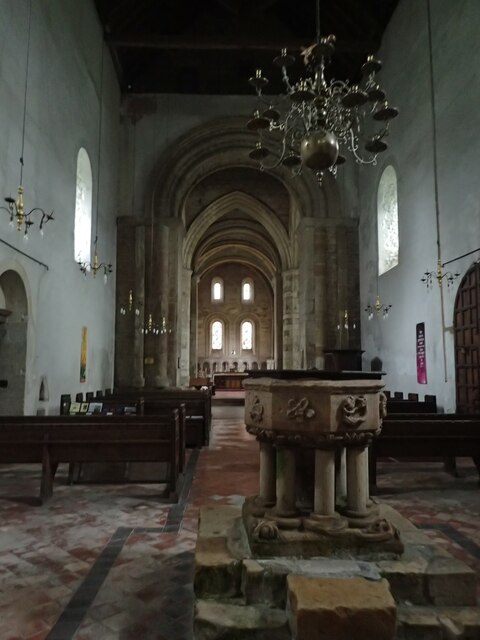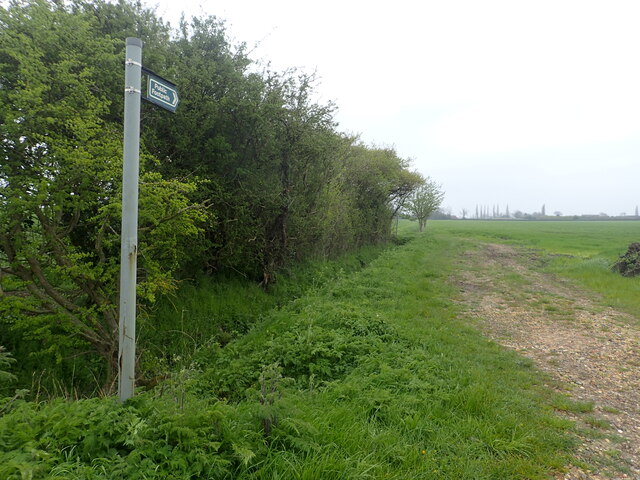Sturton by Stow
Civil Parish in Lincolnshire West Lindsey
England
Sturton by Stow

Sturton by Stow is a civil parish located in the county of Lincolnshire, England. It is situated about 8 miles northwest of the city of Lincoln, making it a part of the West Lindsey district. The village itself is nestled in a rural setting, surrounded by picturesque farmland and countryside.
The parish is home to a small population of around 500 residents, living in a mix of traditional cottages and more modern houses. The village has a close-knit community feel, with a range of amenities and facilities to cater to its residents. These include a local primary school, a village hall, and a post office.
Sturton by Stow is steeped in history, with its origins dating back to the Roman period. The village is believed to have been a Roman settlement, and there have been several archaeological finds in the area to support this theory. The Stow Roman Pavement, discovered in 1884, is a particularly notable example of this ancient history.
In terms of transportation, Sturton by Stow is well-connected to nearby towns and cities. The A1500 road passes through the village, providing easy access to Lincoln and other destinations. Additionally, there are regular bus services that connect the village to the surrounding areas.
Overall, Sturton by Stow offers a peaceful and idyllic lifestyle in the heart of the Lincolnshire countryside, with a rich historical heritage and a strong sense of community.
If you have any feedback on the listing, please let us know in the comments section below.
Sturton by Stow Images
Images are sourced within 2km of 53.311277/-0.666125 or Grid Reference SK8880. Thanks to Geograph Open Source API. All images are credited.






Sturton by Stow is located at Grid Ref: SK8880 (Lat: 53.311277, Lng: -0.666125)
Administrative County: Lincolnshire
District: West Lindsey
Police Authority: Lincolnshire
What 3 Words
///indicate.protrude.uses. Near Willingham, Lincolnshire
Nearby Locations
Related Wikis
St Hugh's Church, Sturton by Stow
St Hugh's Church is a redundant parish church in the village of Sturton by Stow in Lincolnshire, England. It was built originally for the residents of...
Sturton by Stow
Sturton by Stow is a village and civil parish in the West Lindsey district of Lincolnshire, England. The population of the civil parish was 1,369 at the...
Bransby
Bransby is a hamlet in the West Lindsey district of Lincolnshire, England. It is situated approximately 7 miles (11 km) north-west from the city and county...
Stow, Lincolnshire
Stow (or, archaically, Stow-in-Lindsey) is a village and civil parish within the West Lindsey district of Lincolnshire, England. It is 11 miles (18 km...
Nearby Amenities
Located within 500m of 53.311277,-0.666125Have you been to Sturton by Stow?
Leave your review of Sturton by Stow below (or comments, questions and feedback).














